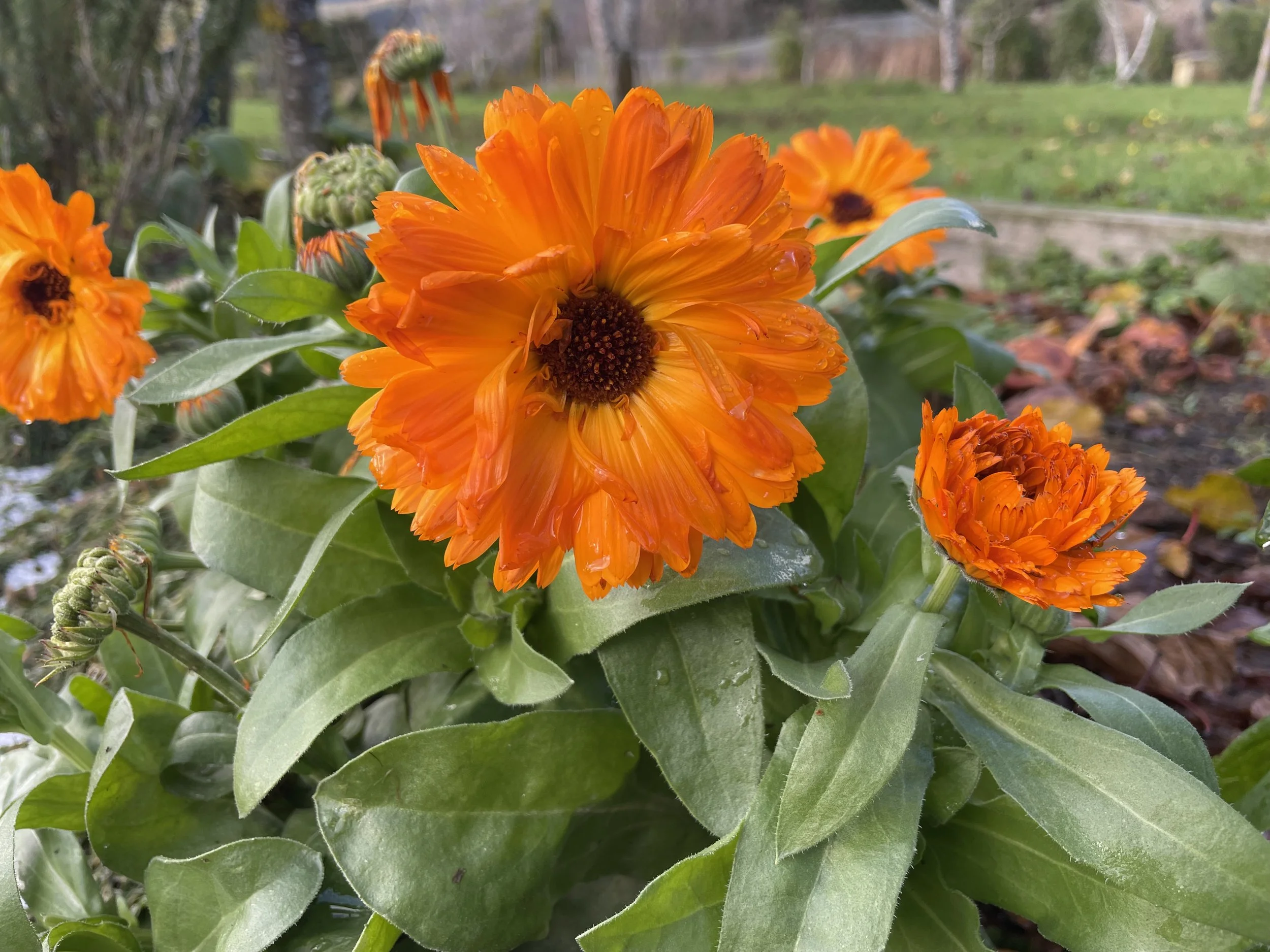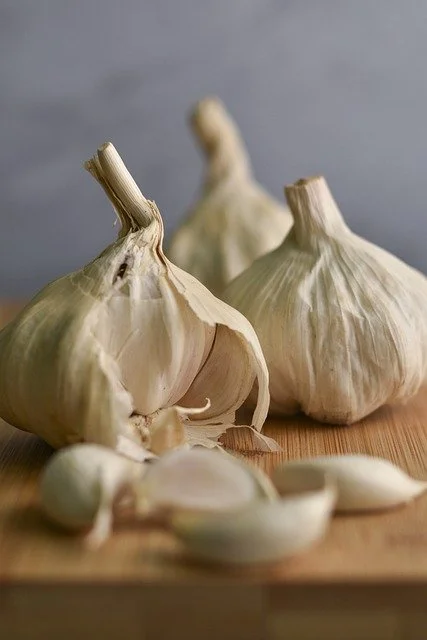June in the Kitchen Garden
June has arrived and with it the beginning of winter proper. This is the month of the winter solstice where we experience the shortest day/night around the 21st of the month. We call it mid-winter but it’s really only the beginning of the 3 main winter months here in the southern part of the globe of June, July and August. Of course if you live on the other side of the equator it is the summer months.
Ceremonial Planting Of Winter solstice Garlic
Well the mid-winter solstice is upon us now and today I am going to be doing a bit of a tongue-in – cheek ‘ceremonial” planting of garlic. It is traditionally planted on the shortest day and harvested on the longest and as I am a fan of tradition – I am going to plant some in a facebook live. All going well. Meaning – if I can get my husband to be the cameraman as I won’t be able to plant, talk and hold the camera at the same time.


